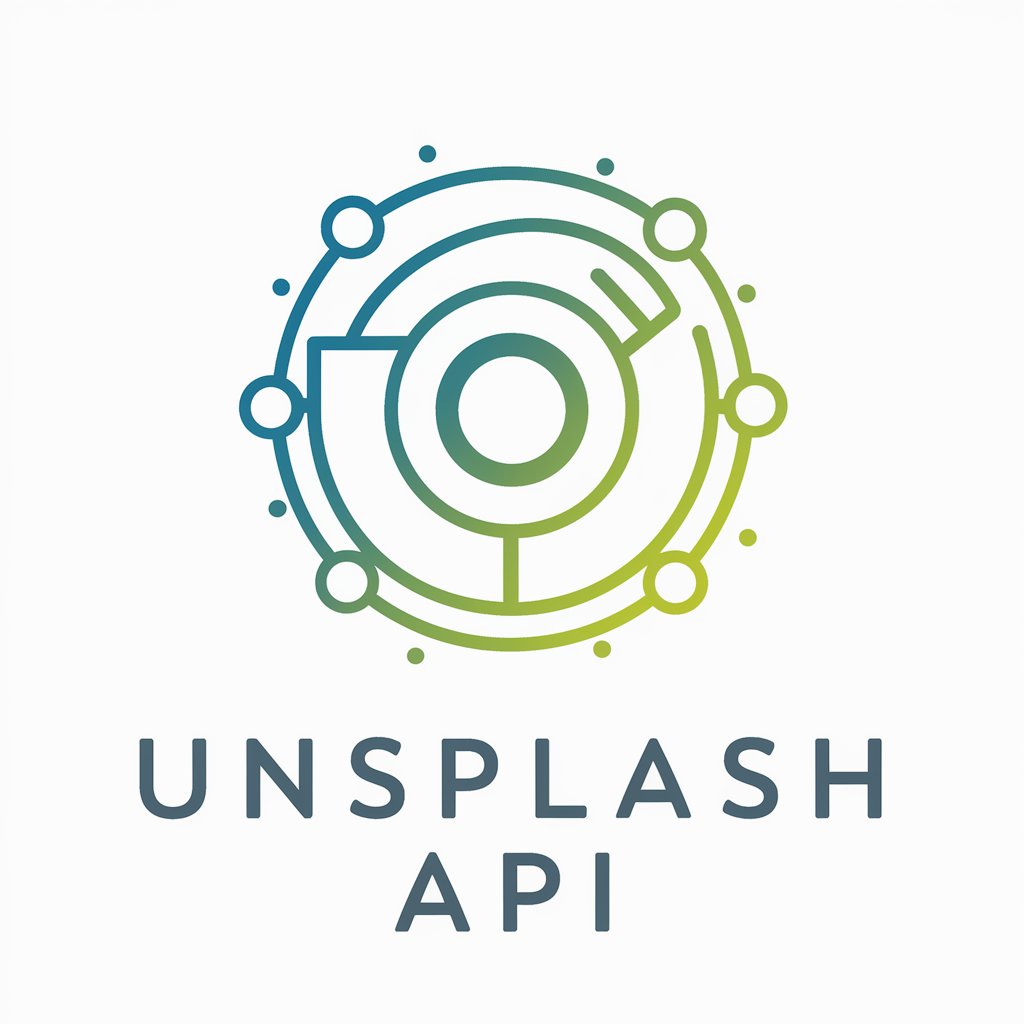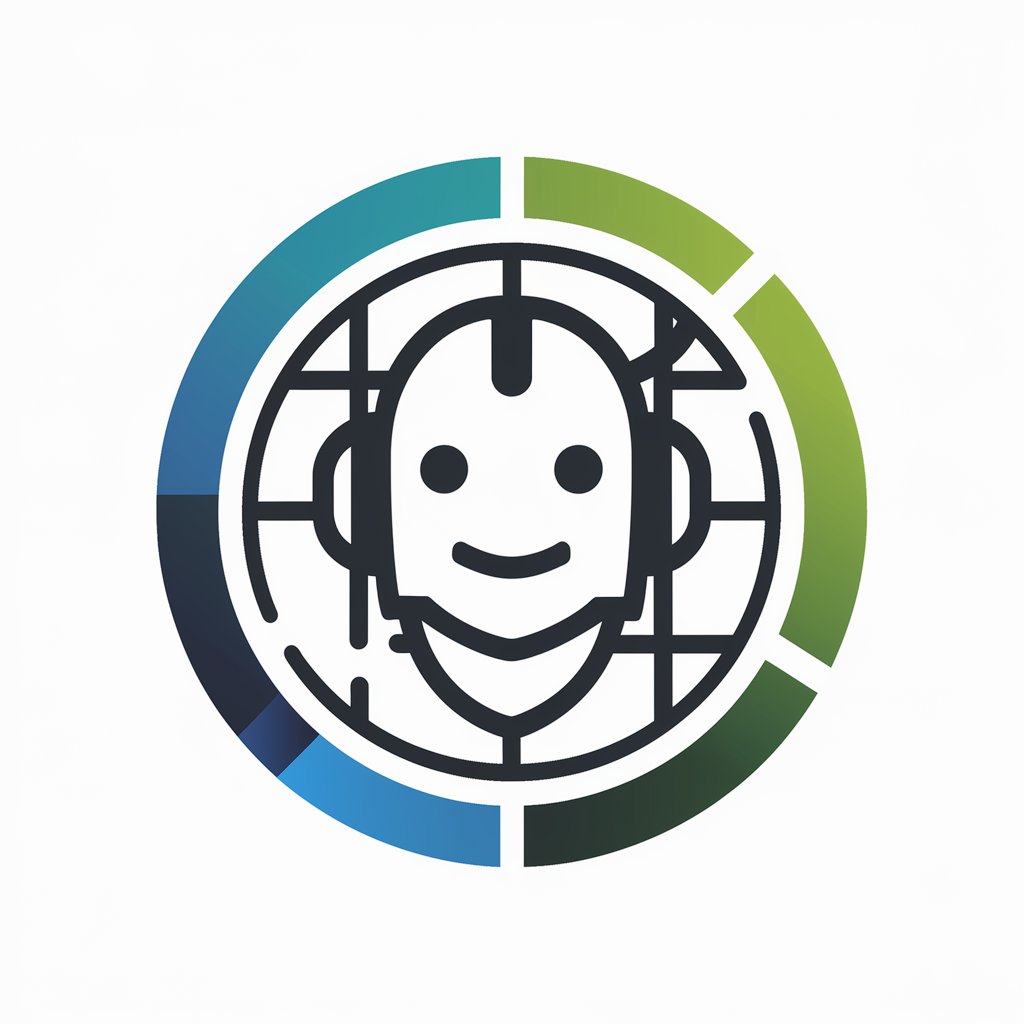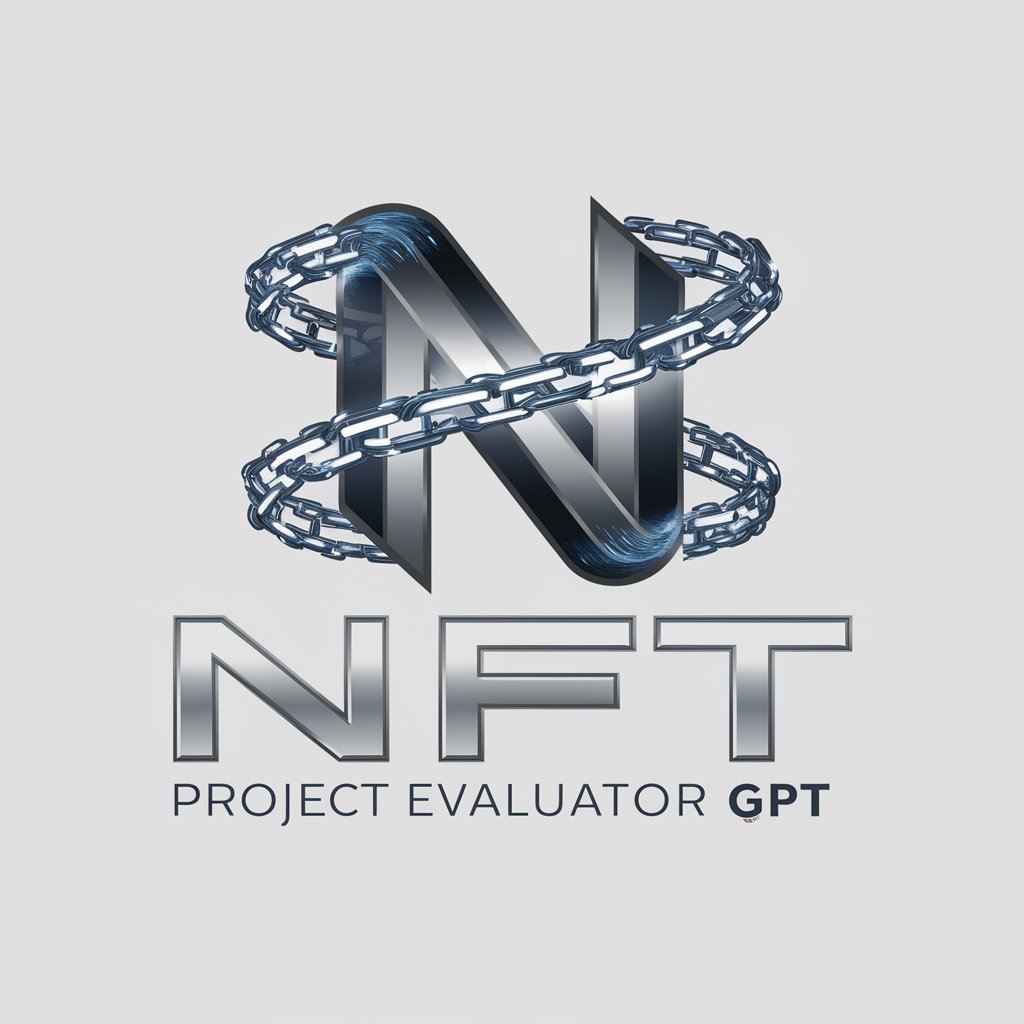Unsplash API - High-Quality Photo Access

Welcome to Unsplash API, your photo search assistant.
Power your apps with real-world photos
Search for high-resolution images of nature landscapes...
Find photos featuring urban cityscapes...
Look for images showcasing different cultural festivals...
Search for pictures of various types of animals in their natural habitats...
Get Embed Code
Unsplash API Overview
The Unsplash API provides developers access to the extensive Unsplash library, a platform for high-resolution, royalty-free photographs contributed by photographers worldwide. The API is designed to allow seamless integration of Unsplash's vast collection into applications, websites, and services, enabling users to search, access, and download a wide variety of images. Its purpose is to make high-quality, professional photos readily available for use in creative projects, digital products, and marketing materials, thereby fostering creativity and enhancing visual content across various platforms. For example, a developer could use the Unsplash API to build a dynamic website background that changes daily with high-quality landscape photos from Unsplash. Powered by ChatGPT-4o。

Core Functions of the Unsplash API
Photo Search
Example
A blogging platform uses the API to let users find and embed relevant photos directly into their posts.
Scenario
Enabling content creators to enhance their articles with high-quality, relevant imagery without leaving the platform.
Random Photo Retrieval
Example
A productivity app integrates the API to display a random, inspiring photo as the background for its main dashboard each day.
Scenario
Improving user experience and engagement through visually appealing, ever-changing content.
Photo Download & Attribution
Example
A digital marketing agency uses the API to source and download images for social media posts, ensuring proper attribution is maintained.
Scenario
Streamlining content creation while respecting photographers' copyrights and contribution.
Collection Management
Example
A web developer creates a feature for users to curate personal collections of photos, which can be used in their website designs.
Scenario
Providing users with the ability to personalize and enhance their digital spaces with curated visual content.
Target User Groups for Unsplash API
Developers and Technologists
Individuals or teams developing applications, websites, or digital services that require high-quality images. They benefit from the API by integrating vast, diverse photographic content directly into their projects.
Content Creators and Marketers
Bloggers, writers, and digital marketers looking for engaging, relevant photos to complement their content. The API facilitates easy access and legal use of photographs, enhancing their storytelling and marketing efforts.
Designers and Creative Professionals
Graphic designers, UI/UX designers, and other creative professionals can utilize the API to find unique and high-quality images for their design projects, ensuring their work stands out.
Educators and Nonprofits
Teachers, educational content creators, and nonprofits can access a wide range of photographs to support their educational materials and campaigns, enriching their resources with compelling visuals.

Unsplash API Usage Guidelines
1
Visit yeschat.ai for a free trial without login, also no need for ChatGPT Plus.
2
Obtain an API key by registering your application on the Unsplash Developers portal to access the API.
3
Review the Unsplash API documentation to understand the available endpoints, parameters, and usage limits.
4
Integrate the API into your application by making HTTP requests to the relevant endpoints with your API key included in the request header.
5
Implement error handling and respect the rate limits to ensure a smooth and uninterrupted service for your users.
Try other advanced and practical GPTs
MarkupGPT
Empowering Web Development with AI

Compassionate Companion
Empathy at Your Fingertips

Coach Kick
Empowering young players with AI-powered football coaching

Brand Strategy Guide
Craft Your Brand's Future with AI

GenX Auto Assistant
AI-powered Auto Buying Companion

Russian tutor
Empower Your Russian with AI

EconoMia tutor
Demystifying economics with AI

German Tutor
AI-powered, personalized German learning

Battlemap Wizard
Craft Your Fantasy World with AI

NFT Project Evaluator
Your AI-Powered NFT Insight Tool

Wallpaper Wizard
Craft Your Space with AI-Powered Wallpapers

Data Scientist
Empowering data science exploration with AI

Unsplash API Q&A
What is the Unsplash API?
The Unsplash API provides programmatic access to Unsplash's vast library of high-resolution, royalty-free photographs, allowing developers to integrate these photos into their applications.
How can I get an API key?
You can obtain an API key by registering your application on the Unsplash Developers portal. After registration, you will be provided with an API key for accessing the API.
Are there any rate limits for using the Unsplash API?
Yes, the Unsplash API enforces rate limits to ensure fair usage and protect the service from abuse. The specific limits can vary and are detailed in the API documentation.
Can I use Unsplash photos for commercial projects?
Yes, photos obtained through the Unsplash API are royalty-free and can be used for both personal and commercial projects, subject to the Unsplash license terms.
How do I handle errors when using the API?
The Unsplash API uses standard HTTP status codes to indicate the success or failure of requests. Developers should implement error handling based on these codes to manage request failures gracefully.
